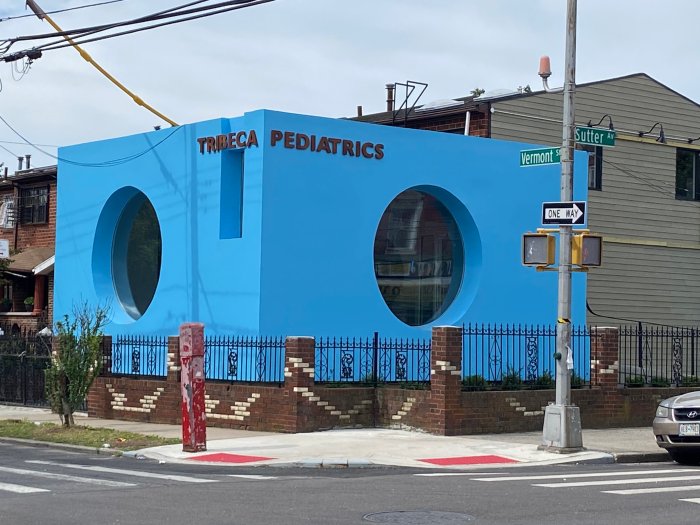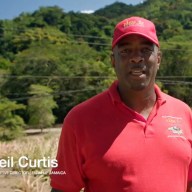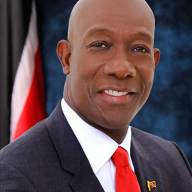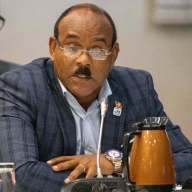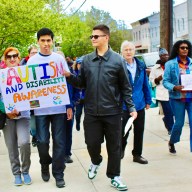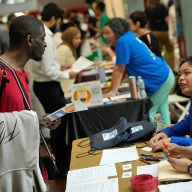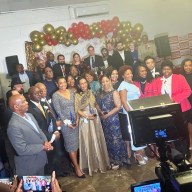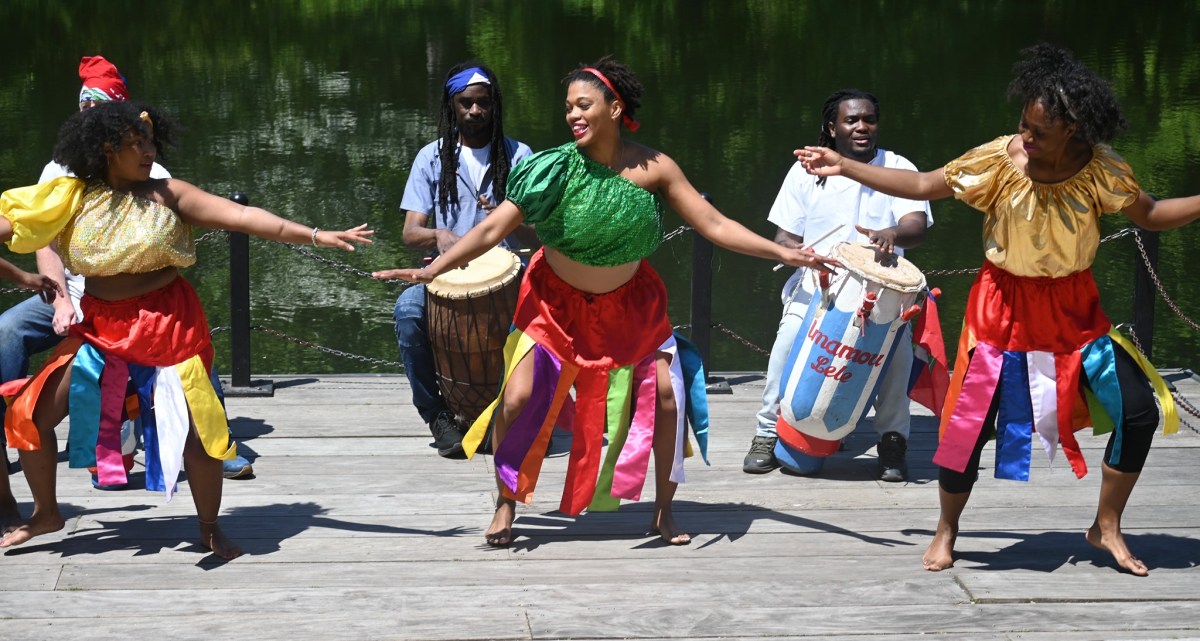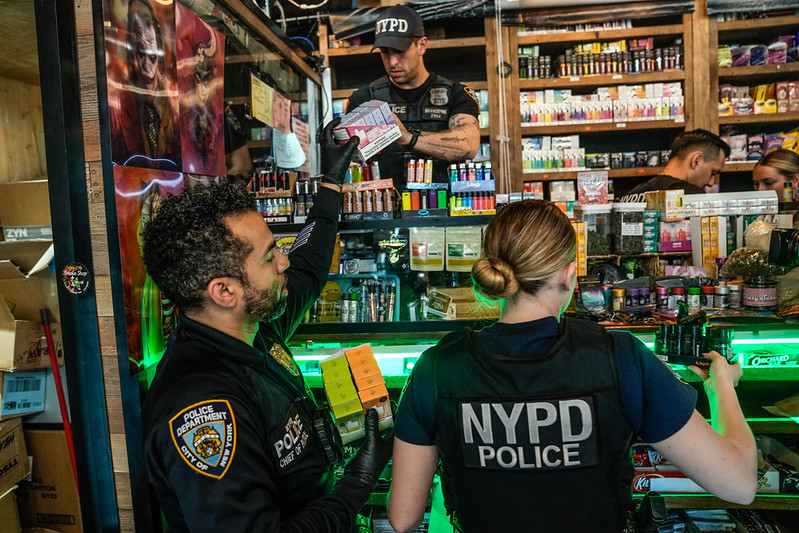Rural communities often struggle to find new and readily available economic opportunities. In the past decade, however, a new source of employment and revenue has seen fantastic growth. It seems the answer was blowin’ in the wind. Renewable energy, especially wind energy, has proved to be a very successful venture. Investment in wind energy helps rural areas immensely. It provides employment, and various types of revenue can flow into a community from a project.
Construction of wind farms require locally available materials and component parts that are manufactured in the U.S. And the tax revenue from wind farms goes back into counties–meaning more money for schools, and other community services.
Although replete with natural resources and space, there are obstacles to taking full advantage of the potential that wind energy represents. The primary obstacle is one of connection. Production from wind farms can sometimes be too great for nearby communities, and the infrastructure to move that energy elsewhere is either inadequate or missing altogether. Improved transmission infrastructure is essential to alleviating this restriction.
A higher capacity grid means the wind farms have a place to send what would have been excess energy to places that need it. With more outlets to send energy, turbines can be allowed to reach their full potential, ultimately increasing the incentive to build more generators to tap wind potential. Transmission projects are sprouting up across the Midwest, and getting involved with these projects will help rural people insure they get connected to economic opportunity.
The Center for Rural Affairs was established in 1973 as an unaffiliated nonprofit corporation under IRS code 501(c)3. The Center for Rural Affairs was formed by rural Nebraskans concerned about family farms and rural communities, and we work to strengthen small businesses, family farms and ranches, and rural communities.




